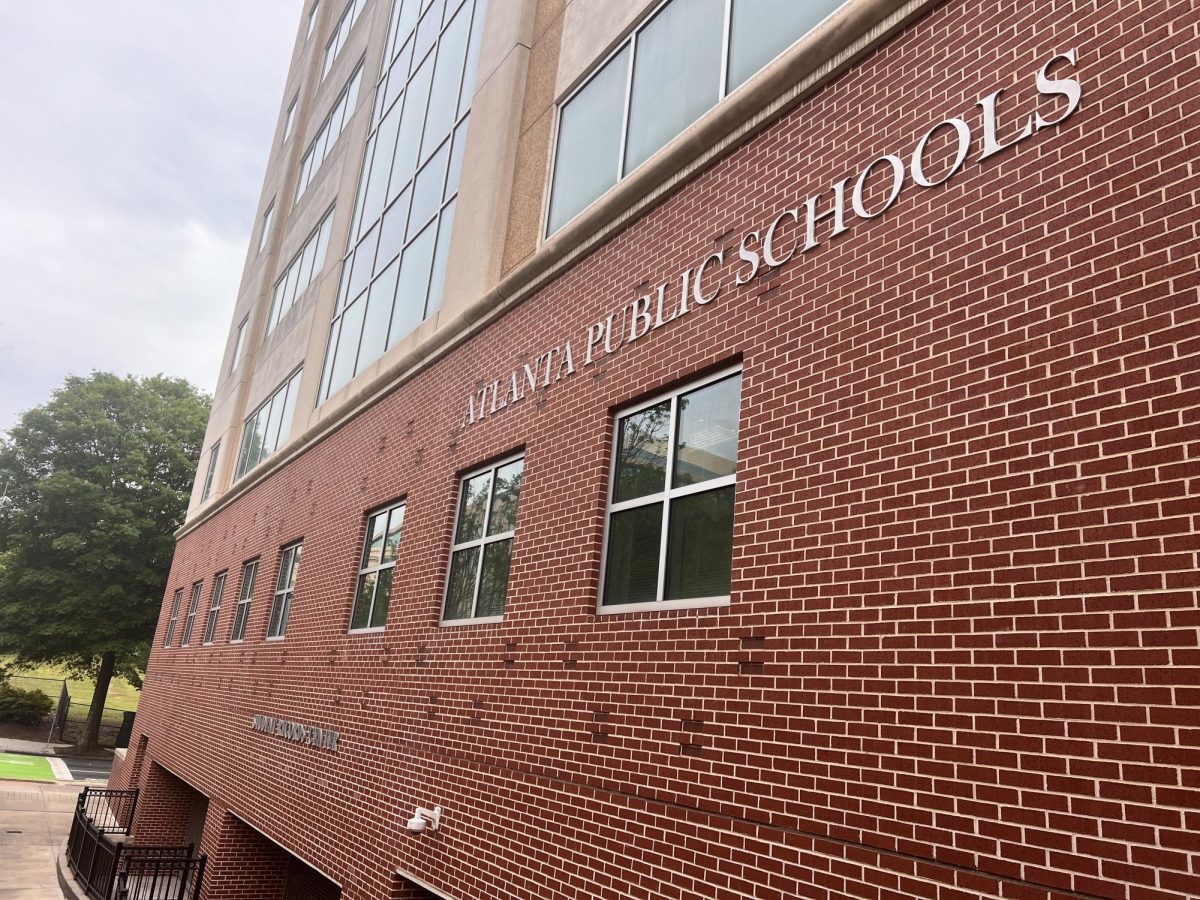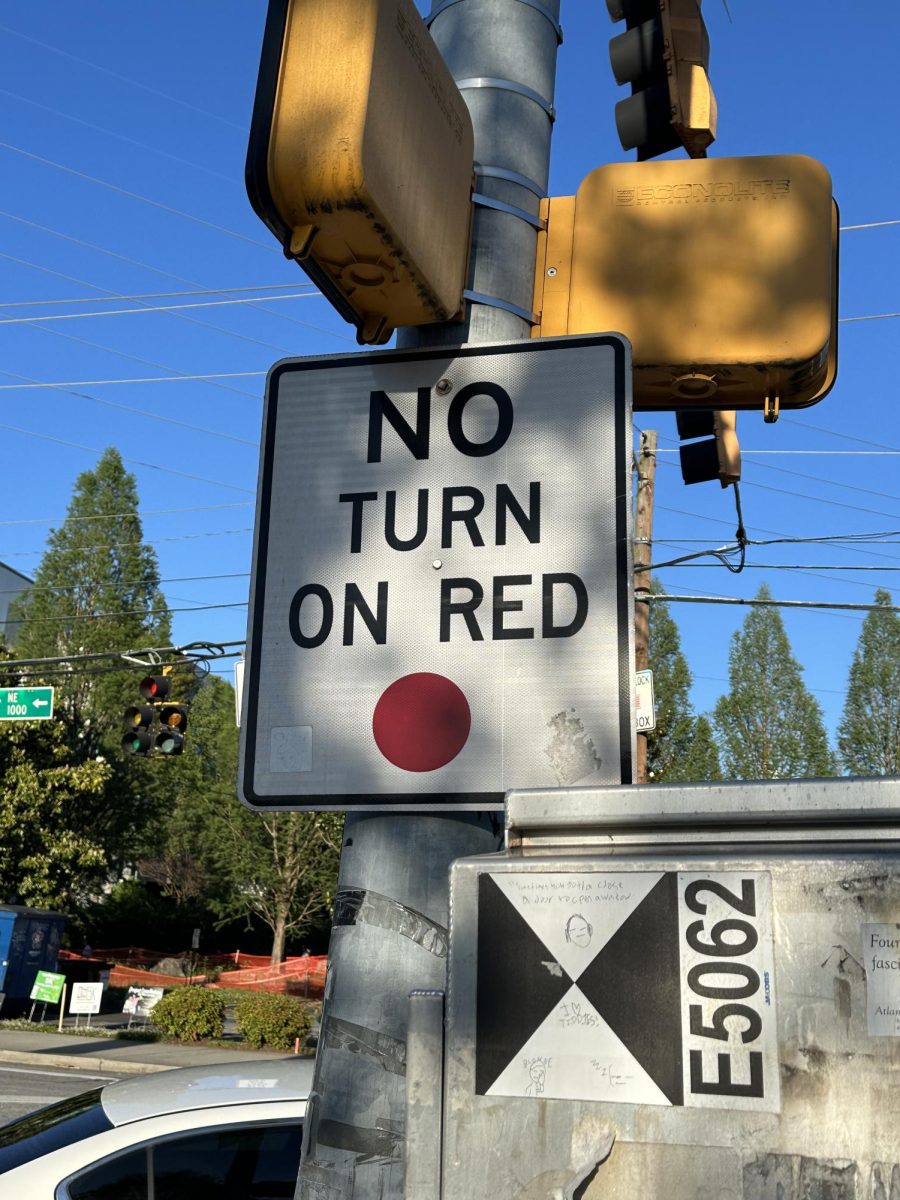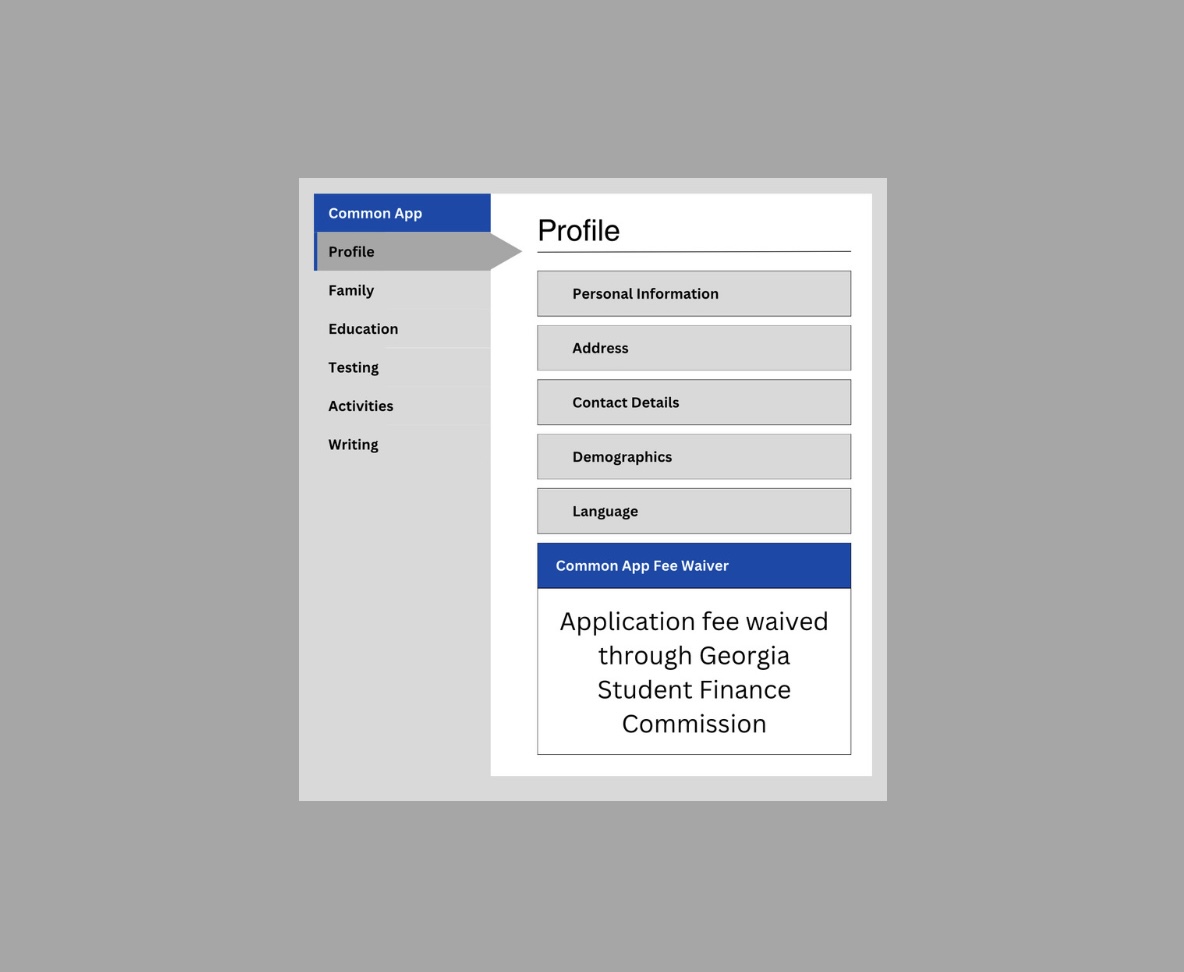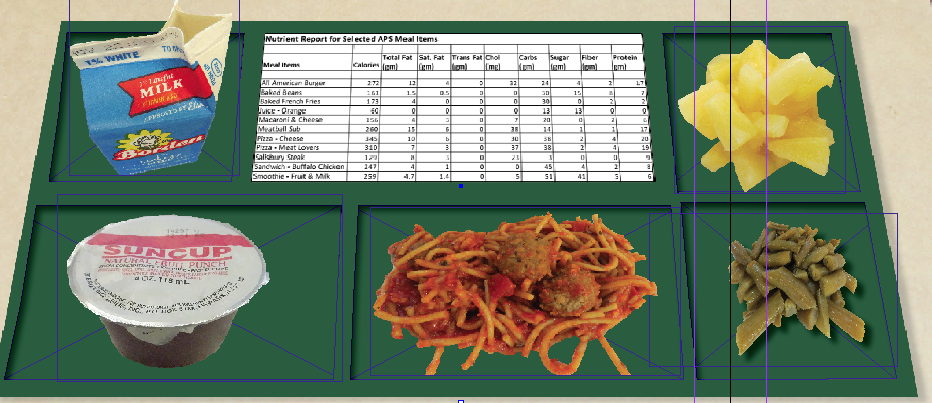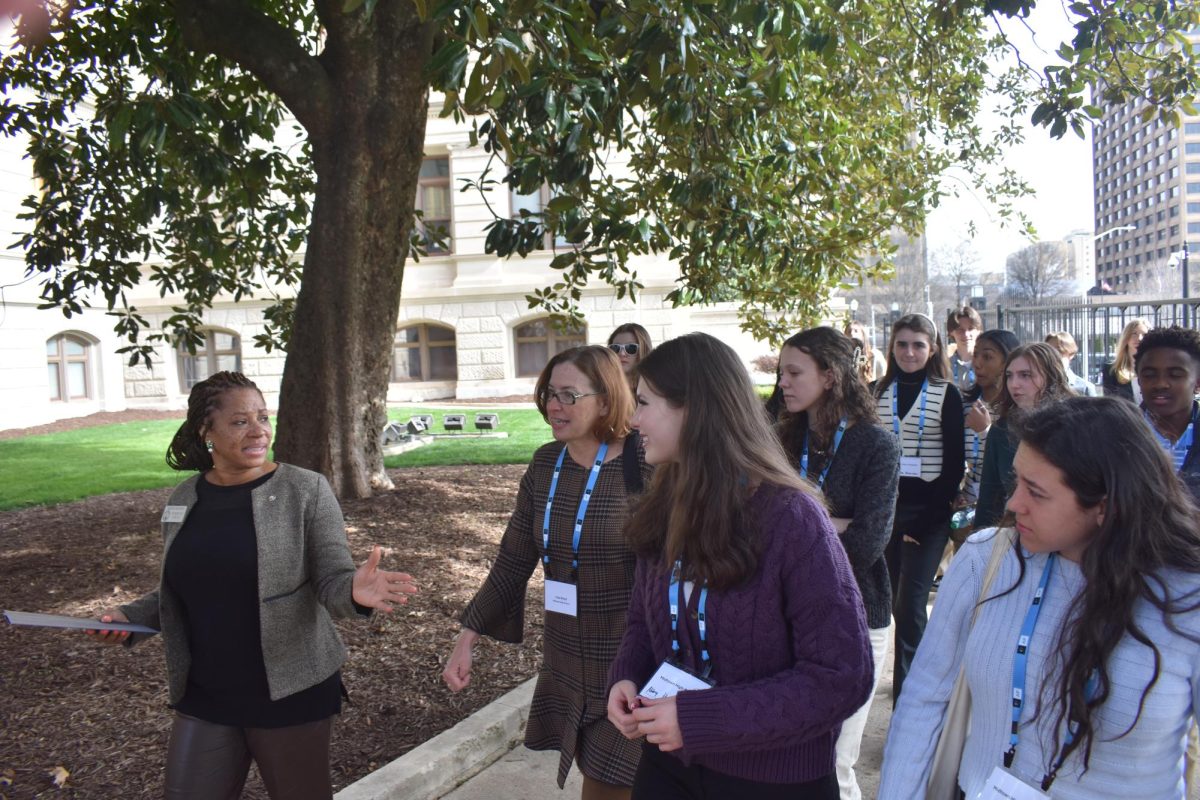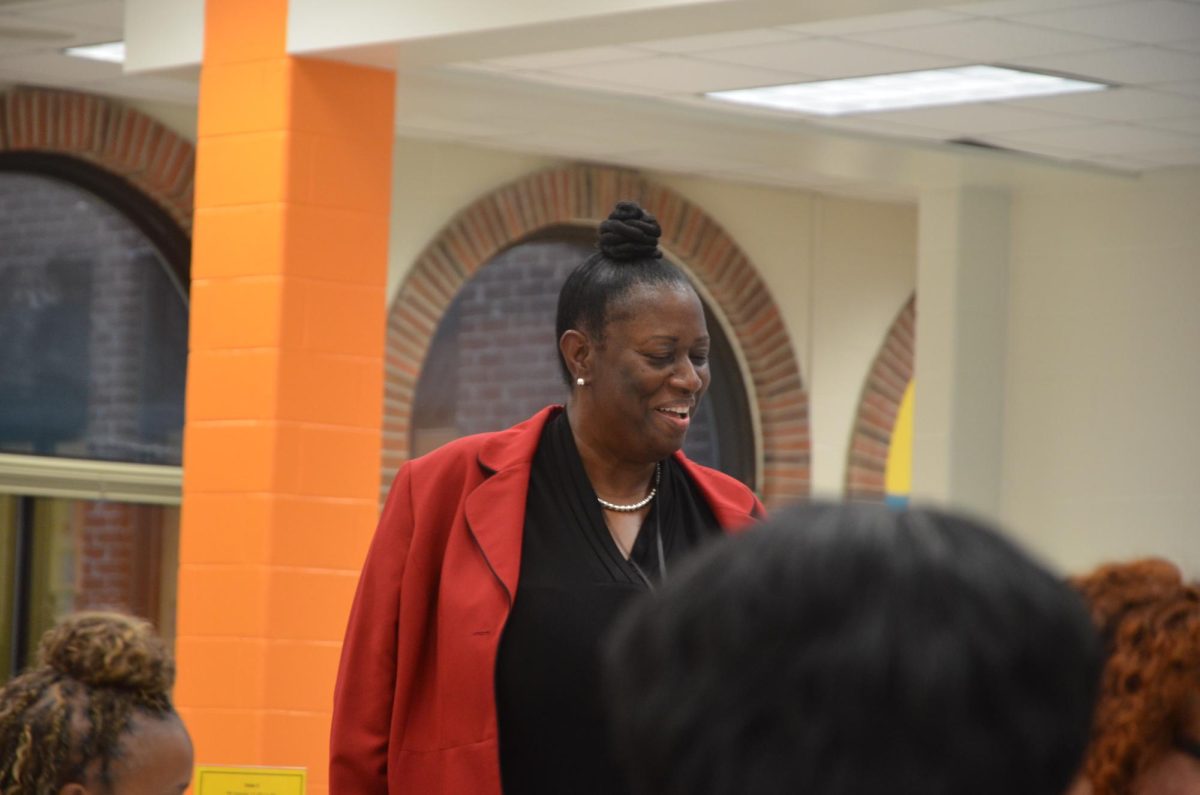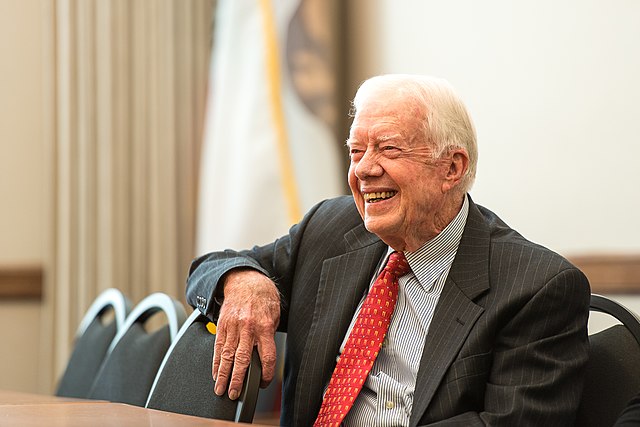By Reilly Blum and Isabel Olson
It isn’t easy for Americans to maintain healthy diets. With an abundance of delicious, fattening products, it’s become difficult to resist unhealthy snacks.
“Students’ nutrition reflects what’s going on in society right now,” health teacher Tamara Aldridge said. “There’s pretty poor nutrition overall, and it’s slowly trickling down to their health.”
In the early 1900s, poverty and hunger became prominent issues for the United States, but it wasn’t until the 1970s that the idea of offering school lunches to supplement kids’ diminished diets grew in both popularity and variety. Today public schools face the difficult tasks of embracing cost-effective food, meeting federal nutrition guidelines and making students happy and healthy.
TOO MANY COOKS IN THE KITCHEN
French fries, pizza, barbecue and tater tots generally aren’t considered healthy options, but APS serves these types of foods daily. APS executive chef Justin Gillette doctors the recipes to ensure that they follow strict federal regulations.
“All the options are healthy,” Gillette said. “They have to fit certain [guidelines], certain sodium levels, trans fat; everything is healthy. It’s just that we’re trying to make the menu closer to what’s at home.”
In theory, this plan is sound. Students say, however, that the cafeteria food doesn’t often taste like home cooking.
“It doesn’t really taste like food,” junior Meredith Fossitt said. “I definitely feel like they take out all of the salts and stuff, the stuff that makes food good, to meet regulations.”
Gillette said that the USDA limits certain ingredients, such as sugar and sodium, and requires others, such as fruits and vegetables, to be available at all times.
Though schools are required to offer between a half serving and a full serving of fruit with each meal, this single serving is the bare minimum. Students can always request more fruits or vegetables—the problem is they often don’t.
“The program is considered offer versus serve,” Gillette said. “We have to offer everything to make a balanced meal, but we can’t force you to take it.”
Sophomore Mahajabin Aktar agreed that student preference may be a problem because most students select hamburgers or pizza for lunch.
In 2011, Congress passed a bill which classifies pizza sauce and French fries served in schools as vegetables. Most school systems, including APS, continue to provide other sources of produce.
Though APS pizza doesn’t contain enough tomato sauce to count as a vegetable, the baked potato fries are considered to be vegetables.
Dr. Marilyn Hughes, APS director of nutrition services, said because APS pizza has low-fat cheese and whole grain crust, it is healthier than what is served at restaurants. The French fries do not contain salt, and they are baked, not fried. Hughes said the district seasons its fries with low-fat parmesan cheese, which adds flavor while maintaining certain nutritional standards.
Despite these good intentions, making the French fries both healthy and delicious is not easy.
“Today the fries are good,” junior Keyshawn Morehead said, “but on any other day they might be soggy or they might not be as crispy. It’s not very consistent.”
The individual student’s palate can circumvent the healthy intentions of cafeteria managers.
Ann Dunaway Teh, a nutritionist who formerly worked with Cobb County Schools, said it takes more than fries and pizza to have a balanced diet.
“I don’t think that [tomato paste on pizza] should count as a vegetable,” Dunaway Teh said. “For French fries, I think it’s OK sometimes, but that is not how students should receive their vegetables every single day.”
It is only possible for students who consume cafeteria food to meet Dunaway Teh’s recommendation of five to nine daily servings of fruits and vegetables if they ask for extra fruits and vegetables with their meals.
APS now offers dinners at some schools through a program known as Supper on Site. Though Grady is free to sign up for this program, it has yet to do so. Supper on Site provides an entree, side, fruit and serving of milk.
The menu does have one glaring absence: no cookies or sugary treats find their way into APS cafeterias.
“If you’ve entered school in the past three years, you haven’t had school desserts,” Hughes said. “We’re starting younger, helping [students] make choices and limiting the choices to healthy things so they understand what ‘sometimes foods’ are.”
No APS schools contain vending machines open to students or cafeteria snack lines with candy and junk food. Hughes said that desserts would essentially “eat up” too much of the daily allowance of sugar mandated by the USDA.
“Instead, we choose fruit smoothies because they have only fruit, no [added] sugar,” Hughes said. “We don’t sell marginal things that you see on the cutting edge because we don’t want to [project] the image of a child spending money on something that has no nutritional value. But we could do that to raise additional funds.”
District chefs have had to find ways to sweeten foods that meet nutritional guidelines.
“Generally what we’re looking for is 10 grams or less of sugar,” Hughes said. “What [we] are doing is adding pineapple or pear juice, because it’s sweet but doesn’t have a lot of [refined] sugar. Instead of salt, we use a lot of spices. Oftentimes we’ll use applesauce as a sweetener.”
GARDEN FRESH
APS is required to offer at least one vegetarian option per meal in addition to any fruits or vegetables served as sides.
“We worked with Grady as the pilot school for vegetarian options … about eight years ago,” Hughes said. “It worked very well for about three months, but then all the students who had been eating in the vegetarian line who weren’t true vegetarians stopped eating in that line. We still used that experience as a learning experience, … and Grady really helped to create the vegetarian component for our program.”
Though APS has salad bars in its cafeterias, sophomore Keira Bruce said that Grady’s salad bar isn’t very accessible and consequently not as many students use it.
“I’m actually against salad bars in schools from a food safety standpoint,” Dunaway Teh said. “But it isn’t an issue if a food-service worker makes the salad for the students.”
Dunaway Teh said student-operated salad bars could lead to health issues because the food could easily be contaminated. She advocates for pre-made salads, such as those with containers for condiments and toppings, because they are more sanitary and they shorten cafeteria lines.
“[Cafeteria workers] started making customized salads, and a lot of people have been getting those this year,” Morehead said.
BEYOND THE KIDS’ MENU
Gillete said this is the generation of foodies. Children are starting to gravitate away from what is traditionally considered “kids’ food,” and are becoming more experimental with their choices. He said APS is trying to keep pace with this trend.
“We listen to the customer, and we always listen to where the customer is eating,” Gillette said. “So the top places where the customers are eating are Panera, Chipotle, Moe’s, Starbucks, Whole Foods, Trader Joe’s and Fresh Market.”
By administering taste tests and working with students, APS officials are slowly diversifying lunch options.
“We have so many challenges from all the voices that students are giving us,” Hughes said. “We have a chef’s test kitchen. Recently, a local company here offered to sell us sushi ….We gave our specifications because we thought it would be a great vegetarian choice, and it would be good for students who haven’t had the exposure.”
Grady was a part of this process: Sodexo (the company APS works with to provide food) and Rold Rite visited the cafeteria with several types of sushi.
Students sampled the food and then provided feedback, and because the feedback was positive, sushi was added to the menu.
“The sushi is good,” Morehead said,“but it’s like $3 or $4. I’m not gonna pay $4 for some mediocre Atlanta Public Schools sushi!”
Lunch menus are also beginning to offer other specialty items: for example, Oct. 21 was “Regional Taste Tuesday,” and schools served a Caribbean-themed meal, which consisted of plantains, Jamaican-Jerk chicken, red beans and rice and steamed cabbage.
Though plantains aren’t exactly local, most other components of the meals are.
“The fruits and vegetables are local,” Gillette said. “The proteins get sourced from all over the country, and the manufacturer brings them [to the schools]. As far as local products, it’s always going to be a fresh cup of something: fruits, apples, oranges.”
Local products include any imports from bordering states. Sourcing local products does raise the cost of production, but Hughes said that APS willingly provides meals that are more expensive because the quality is better.
“[APS] received an award for being one of the top seven districts in the state because a large percent of what we buy is locally grown,” Hughes said. “There are other ways to make the plate cheaper, but we go for quality and freshness.”
Gillette agreed that quality is a top priority.
“Food is love for us,” Gillette said.
Students, however, tell a different story. Though the ingredients may be fresh, many students say the food is not.
“The food is terrible,” sophomore Jasmine Jewell said. “Most of the time it’s cold like it’s been sitting out for a while. A lot of times it doesn’t really taste good.”
Jewell said that though she may be eating the same types of foods inside and outside of school, the school food is not as appetizing.
“It could be healthy,” she said. “That’s probably why it tastes so bad.”

